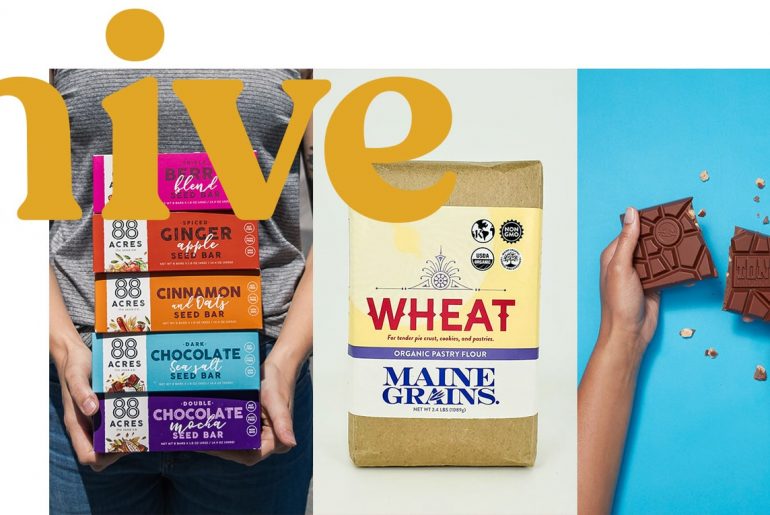We Reveal Our Best Online Marketing Strategies for Small Business
Since Source Local Media was formed in early 2011, one of the core values of the company has been to willingly share best practices, including our best online marketing strategies for small business.
But determining your specific online marketing strategy and budget is as unique as you and your business.
How to Determine the Best Online Marketing Strategy for Your Small Business
Here is some insight into our process. If you’d like to go through this process at no cost or obligation to you, just schedule a free initial marketing consultation with our team here.
We always build online marketing strategy on the foundation of our basic marketing formula:
TARGETING + MESSAGING + REACH = RESULTS
Targeting. Who are we talking to?
Messaging. What do we want to say to them? How can we tap into emotion that will MOVE them in the direction we want?
Reach. When and where is the right time to talk to them so they can (1) absorb what we’re saying, and (2) take the action we want? How many impressions will it take to get our desired outcome(s)?
Results. What do we need to track and report so we know whether we’re being successful or not?
Read More: Marketing Strategy 101

How To Optimize Your Small Business Marketing
The beauty of the digital environment is that you can test just about any idea. The curse of the digital environment is that you can test just about any idea.
That’s why we developed our Bullseye Method, which provides a structure for optimizing your strategy. It’s an organized way to test the most plausible ideas, track results, and make a series of iterations until you hit the bullseye where you get the best, most reliable ROI with your marketing investment.
The best online digital marketing strategies must have an organized way to test, evaluate, iterate, and ultimately optimize performance. Otherwise, you risk wasting time and money. And no one wants to do that…
How To Calculate the Budget
So how much should your budget for your online marketing strategy be? Here is an exercise we take clients through that will help you DIY your own budget calculation:
- What is your average gross margin?
- If your margin is 60-70%, consider a budget between 8-20% of revenue
- If your margin is below 30%, consider a budget between 3-6% of revenue
- How competitive is your business category?
- The more competitive your environment, the higher you should be in the range
- How aggressively do you want to grow?
- New businesses should be on the higher end of the range
There are other factors that could drive your budget up or down. If you’d like to talk budget, schedule a free consultation with our team.
We Created Our Digital Basics Plans Just for Small Business
How should you allocate your budget to create the best online marketing strategy for your business? To help you understand our best practices, we’ve shared a link to an overview of our most common “Digital Basics” plans below.
We built these based on the most common budgets and goals our clients tend to identify. Think of them as starting points, from which we frequently customize.
Comprehensive “Digital Basics” Online Marketing Strategies
We consider Digital Basics the minimum any business should be doing online. And then we build extra emphasis into certain areas based on your business type (B2B, D2C, etc.), your competitive environment, and — most of all — your growth goals and marketing ROI expectations.
If you’d like to know more about any of the line items, including why we prioritize where we do, we’re always happy to talk you through our best practices. Just schedule time with our team here. There’s no cost or obligation to you. It’s how we invest in potential clients long before they invest in us.








 For example, hit the Chocolate tab on Hive and you won’t find Hershey bars, Dove or Twix. You’ll find Alter Eco and Tony’s Chocolonely, a B Corp dedicated to fair trade and ending child labor on cocoa farms in Ghana and the Ivory Coast. In a statement, digital marketing coordinator Abigail Noel Davison said the brand is grateful “to have a partner that shares our mission-driven ethos.”
For example, hit the Chocolate tab on Hive and you won’t find Hershey bars, Dove or Twix. You’ll find Alter Eco and Tony’s Chocolonely, a B Corp dedicated to fair trade and ending child labor on cocoa farms in Ghana and the Ivory Coast. In a statement, digital marketing coordinator Abigail Noel Davison said the brand is grateful “to have a partner that shares our mission-driven ethos.”





